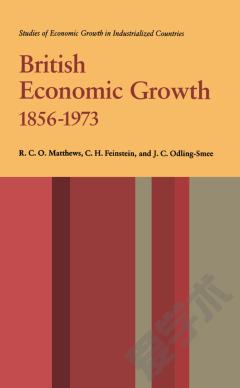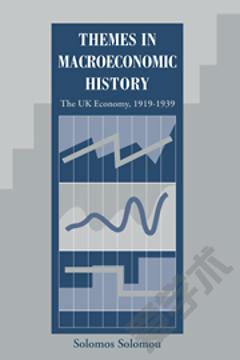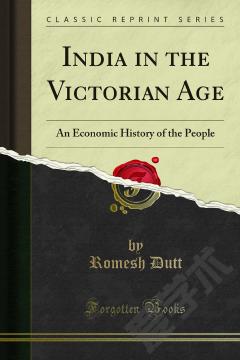New Perspectives on the Late Victorian Economy: Essays in Quantitative Economic History, 1860–1914
Through channels both open and concealed, the Victorian economy continues to influence us powerfully. Much economic thinking today gains support from perceptions of how the nineteenth-century British economy worked and how well it satisfied wants. Contemporary oligopolistic industrial structure is contrasted with Victorian self-regulating competition; the gross inequalities of Victorian laissez-faire are compared with support for the needy provided by the modern welfare state; and some regard Victorian values as vital principles of social organisation which should be regained. By examining the behaviour of the British economy between 1865 and 1914, the present work casts light upon some of these views. It does so in a variety of ways. New methods or evidence are deployed to establish accepted conclusions more firmly; unwarrantedly neglected aspects of the economy are analysed with present day concerns in mind; and traditional conclusions are reassessed. The book focuses upon three central themes: industrial organisation and technology, wages and living standards, and the monetary system. These are at the heart of discussions of productivity growth, the standard of living, well-being and poverty; the criteria by which the Victorian economic system should ultimately be judged.
{{comment.content}}








 京公网安备 11010802027623号
京公网安备 11010802027623号